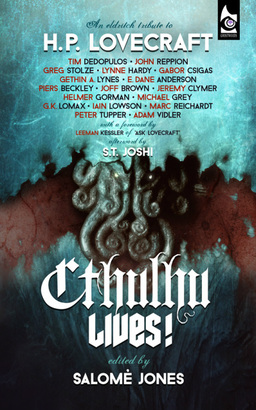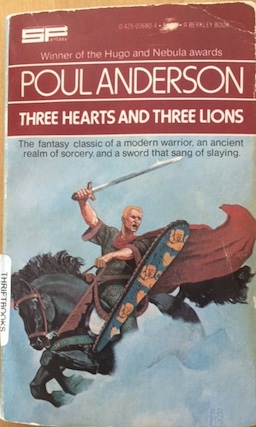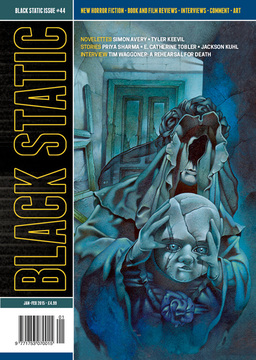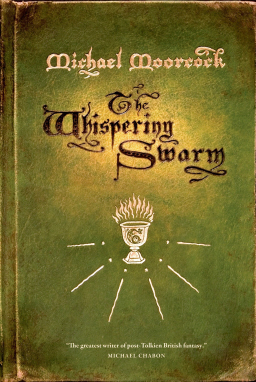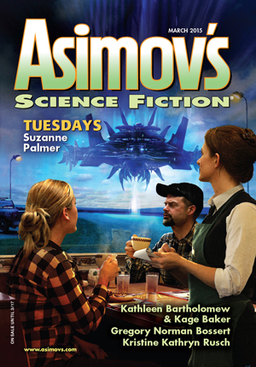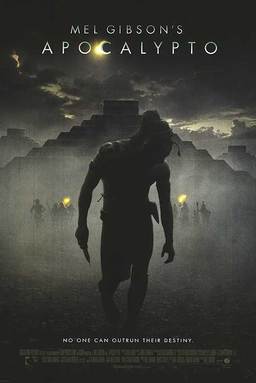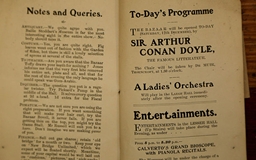Take a Visual Tour of the Early SF and Fantasy Pulps in Futures Past #1
 I have a great curiosity about the beginnings of science fiction and fantasy in the United States — particularly what’s known as the Gernsback Era, beginning when Hugo Gernsback founded Amazing Stories in 1926, and virtually created modern science fiction. Nearly simultaneously, Weird Tales (founded in 1923) was publishing the first stories of the greatest fantasists of the 20th Century: Robert E. Howard, H.P. Lovecraft, and Clark Ashton Smith.
I have a great curiosity about the beginnings of science fiction and fantasy in the United States — particularly what’s known as the Gernsback Era, beginning when Hugo Gernsback founded Amazing Stories in 1926, and virtually created modern science fiction. Nearly simultaneously, Weird Tales (founded in 1923) was publishing the first stories of the greatest fantasists of the 20th Century: Robert E. Howard, H.P. Lovecraft, and Clark Ashton Smith.
So I was delighted to discover a brand new magazine devoted to covering the birth of modern science fiction: Futures Past: A Visual History of Science Fiction, edited by Jim Emerson. The first issue of this 64-page, full color magazine, subtitled 1926: The Birth of Modern Science Fiction, appeared in July 2014, and is now available in e-book PDF format. Future issues will cover the whole field of science fiction — including magazines, books, movies and conventions — year by year, in an attractive and easy-to-read format.
Here’s the description of the entire undertaking from the publisher:
Welcome to one of the largest and most ambitious projects ever attempted in the field of science fiction. In the pages of Futures Past we will be covering, in detail, the birth and development of modern science fiction over its first 50 years – from 1926 to 1975. Designed in a yearbook format, each issue of Futures Past will cover all the works, people, organizations and events in detailed chronological order.
